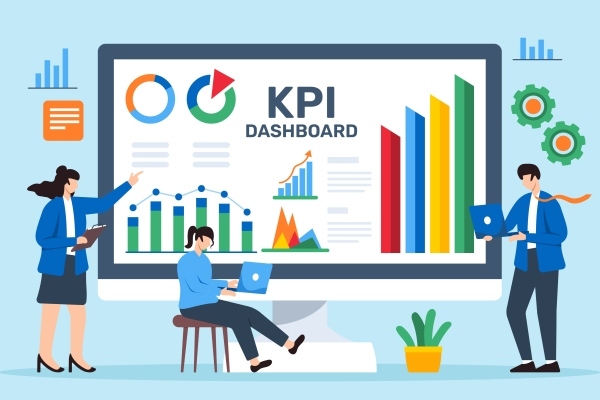
The Need for Website Speed
In a quick-fire society where the average human attention span is now believed to rest at around 8 seconds, companies are constantly under pressure to produce better results in shorter time frames. This can be seen in all aspects of business today, especially as online operations take hold. It’s this driving need for service in the moment, at any moment, that’s led to 24-hour services and even automated basic processes over recent years. Now, as web presence becomes an indicator of success rather than a business bonus, website speed is also coming under significant fire.
Admittedly, with websites long having been a first-stop for the vast majority of potential leads, the idea of making an immediate impact through a website is by no means new. However, with surveys revealing that as many as 92% of consumers leave websites without making a purchase, more attention clearly needs to be paid to ensure conversion. Here, we’re going to consider a few website speed SEO factors that prove why faster loading times could, ultimately, provide a turning point for your web activity, and interest, at long last.
Why Does Website Speed Matter?
Given shortening attention spans and the commoditisation of markets in general, speed is essential for both maintaining interest and ensuring competitive advantage. Statistics repeatedly prove this to be true, with as many as 1 in 4 consumers admitting that they would click off a page with load times longer than 4 seconds, and with even just a one-second delay reducing consumer satisfaction by as much as 16%. Those are worrying stats that, during this time of significant market change, could prove to be the nail in the coffin for any company. Strong suggestions by Google that page speed also plays a huge role in SEO rankings is yet another incentive to get speed, and consumer ease, under control before your listings, and popularity, take a significant or even fatal hit.
How can you test page load times?
If you’re noticing high levels of lost leads, or even higher than normal cart abandonment rates, then your website may be operating at a snail’s pace. Obviously, testing that theory on your personal device is the quickest way to get an idea whether this is the case, but it provides little insight in terms of true load times and improvable performance issues. To achieve the insights that you truly need to make positive, speed-based changes, it’s also crucial to consider your load times with a tool like Google’s PageSpeed, which is free to use by simply inputting your URL, and gives you a second-by-second breakdown of load times, as well as any issues currently preventing the speed that you need to succeed.
Simple ways to input the need for speed
Slow and steady most definitely doesn’t win the website race, and whether you’ve noticed loading speed issues yourself or have seen them first-hand through Google Insights, it’s essential that you implement improvements to ultimately increase your chances of conversions, and organic traffic. Admittedly, looking and learning from what PageSpeed findings have to tell you is perhaps the most valuable way to adjust speed depending on your unique needs, but common ways to increase website load times in a more general sense often include –
- Compressing large files (images/video.etc.) that exceed 150 bytes
- Optimising your coding by removing unnecessary characters, sections, and formatting
- Utilising caching plugins to simplify retrieval
- Reducing page redirects by clearing unnecessary plugins and avoiding links to pages with redirects on them
- Improving server response times by identifying performance bottlenecks including your hosting and web servers
- Optimising image to the right sizes and file types (PNGs/JPEGs/etc.)
- Using a content distribution network (CDN) that distributes website load across geographically diverse data centres
- And much more
Let TU Marketing Make Speed Work for you
Ultimately, improving web page speed needn’t be a difficult process, but it is a time-consuming setback that already pushed teams could do without. By removing that hassle, and providing the expertise that you need to seamlessly inject speed into even the slowest of websites, our team here at TU Marketing offer opportunities for business growth and enhancement that you’d struggle to find elsewhere. Our focus on everything from search engine optimisation to web design, performance analytics and beyond especially enables us to take care of your journey towards faster delivery from start to finish, and even beyond that point. To learn precisely what we can do to turn your load page times around at long last, don’t hesitate to contact a member of our team for a no-obligation chat today.






